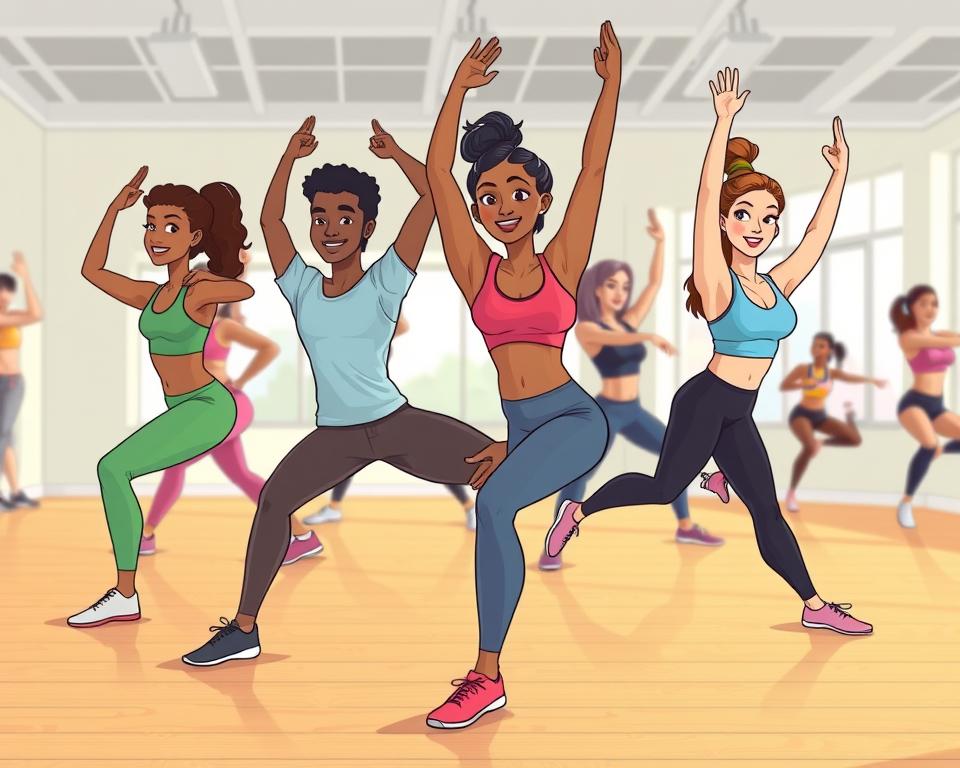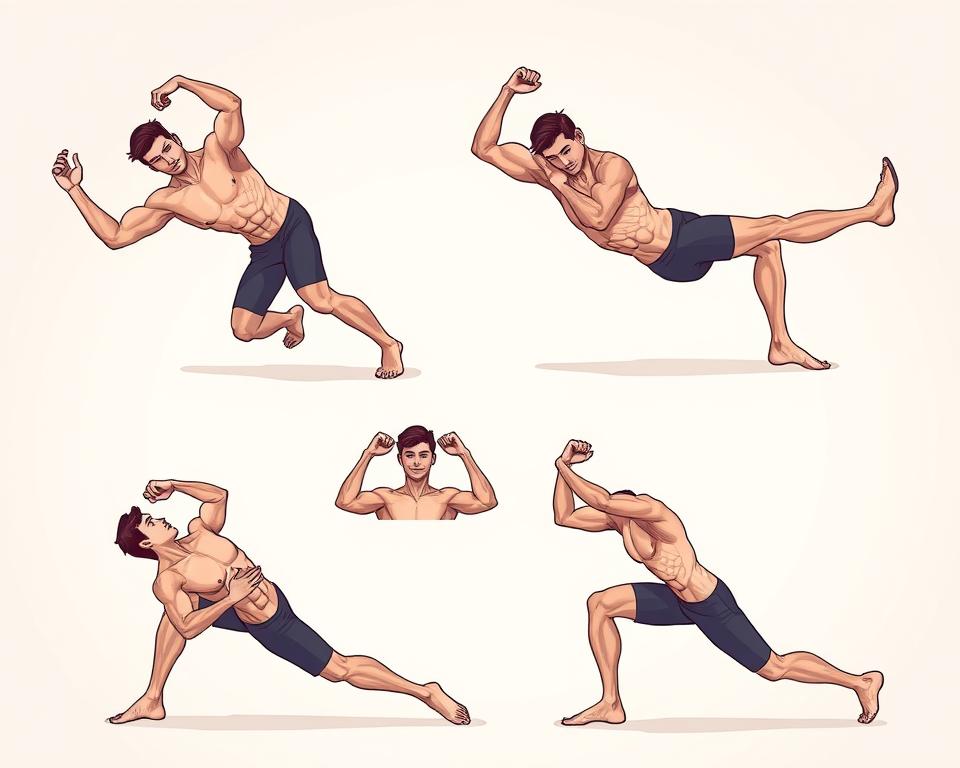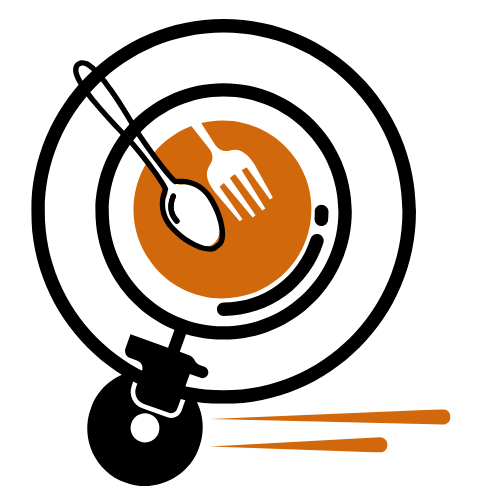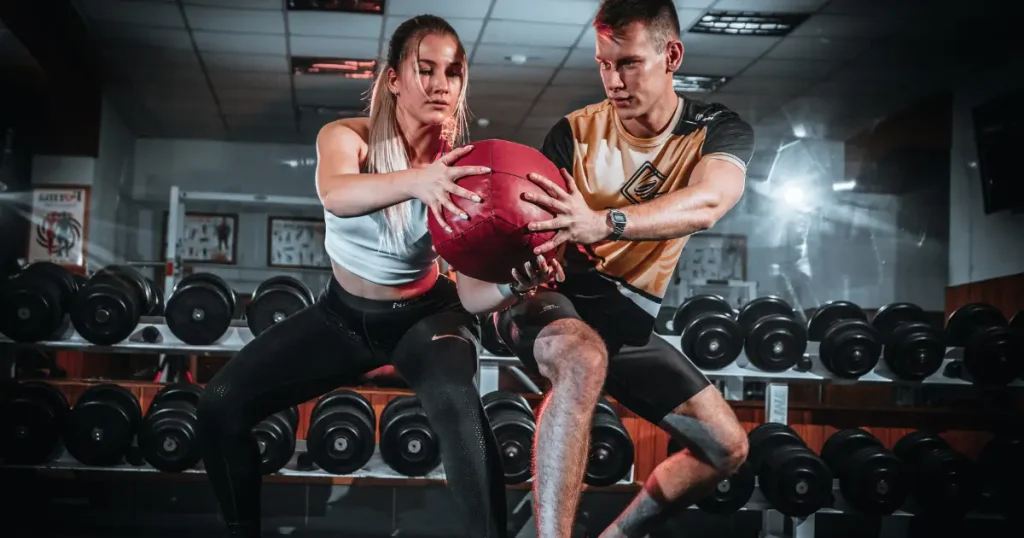bodybuilding & Fitness
Perfect Your Exercise Form: Expert Tips & Guide
Reaching your fitness goals is more than just going to the gym. The key to getting the most out of your workouts is mastering the right exercise form. This guide offers expert advice to help you improve your technique and reach your full potential.
Whether you’re an experienced athlete or new to fitness, learning the right way to do exercises is crucial. It helps you work your muscles better and keeps you safe from injuries. Good exercise form is the base for a successful and lasting workout routine.
In this guide, you’ll find important tips and methods from fitness pros to boost your workout. You’ll learn why exercise form is key, how to avoid common mistakes, and special tips for different exercises. Discover how proper form can help you shape your body, improve your performance, and reach your fitness dreams.
Understanding the Importance of Exercise Form
Proper exercise form is key to a safe and effective workout. It means your body is aligned and moving right during exercise. This ensures you get the most out of your workout and avoid injuries.
What is Exercise Form?
Exercise form is how you do a specific exercise or movement. It includes things like how your joints line up and which muscles you use. Keeping the right form helps you do exercises better and safer.
Benefits of Proper Form
- Increased efficiency and muscle activation: Proper form ensures you work the right muscles, making your workout more effective.
- Reduced risk of injury: Correct form puts less stress on your joints and muscles, lowering injury chances.
- Improved performance: Good form boosts your strength, flexibility, and athletic skills.
Consequences of Poor Form
Ignoring exercise form can lead to big problems, including:
- Decreased effectiveness: Bad form means you don’t work the muscles as well, reducing workout benefits.
- Increased injury risk: Wrong movement can strain joints and muscles, causing long-term harm.
- Muscle imbalances: Poor form can lead to uneven muscle growth, causing movement and posture issues.
Understanding the importance of exercise form helps you get the most from your workouts. It also keeps you safe and healthy in the long run.
Key Components of Good Exercise Form
Learning the right technique is key for safe and effective workouts. Three main parts are crucial: body alignment, core engagement, and range of motion. Let’s look at each and how they improve your exercise.
Body Alignment
Good exercise form starts with proper body alignment. This means your joints, muscles, and limbs are in the right place for best movement. Whether doing a squat, push-up, or lunge, correct alignment helps avoid injury and works the right muscles.
Core Engagement
Your core, including abs, lower back, and hips, is vital for stability during exercise. Engaging your core improves your proper technique, balance, and power. It also protects your spine from injury.
Range of Motion
Getting the right range of motion is key for effective fitness training. Each exercise needs a specific range. Knowing this range helps you do the exercise right. Increasing your range also boosts flexibility and mobility.
Mastering these key components improves your workout efficiency and safety. They help you move better and reach your fitness goals.
“Proper form is the foundation of any effective exercise program. It’s not just about lifting more weight or running faster – it’s about moving with control, stability, and efficiency.”
Common Mistakes in Exercise Form
Proper exercise form is key to getting the most out of your workouts and staying safe. Many people make common mistakes that can hurt their progress and safety. We’ll look at three big issues and how to fix them.
Overexertion and Its Risks
One big mistake is overexertion, pushing too hard too fast. This can cause muscle strain, joint pain, and serious injuries. To avoid this, listen to your body, start with lighter weights, and slowly increase the intensity as you get stronger.
Incorrect Posture
Poor posture is another common problem. Slouching, arching your back, or not aligning properly can strain muscles and joints. Make sure to keep your body in the right position to support good posture and technique.
Not Engaging the Right Muscles
Many people don’t use the right muscles in their exercises. This makes the workout less effective and raises injury risks. Focus on using the main muscles in each exercise to get the best results and stay safe.
“Proper form is not just about looking good – it’s about preventing injury and getting the most out of your workouts.”
By spotting and fixing these common mistakes, you can greatly improve your workout experience. This will help you reach your fitness goals safely and effectively.
Essential Techniques for Proper Form
Mastering your exercise form is key to getting the most out of your workouts and staying injury-free. Let’s look at some important techniques to help you improve your movement and keep your technique right.
Slow and Controlled Movements
Slow and controlled movements are a great way to improve your form. By moving slowly, you engage your muscles better and keep your joints in line. This not only helps you stay strong but also improves your stability.
Prioritizing Breathing Techniques
Proper breathing is often forgotten but it’s very important. Make sure to breathe deeply and control your breath during your workout. Breathe in as you start the movement and out as you push. This helps you stay focused and avoid straining.
Using Visual Cues
- Use mirrors or videos to check your form and adjust as needed. Seeing yourself can help you spot and fix any form issues.
- Try using markers or targets to guide your movements. This helps you keep the right form and range of motion.
- Look for fixed points in your environment to help you stay aligned. This is especially helpful during your workouts.
By adding these techniques to your routine, you’ll get better at proper form. This will help you reach your fitness goals and stay safe.
Exercise-Specific Form Tips
Learning the right exercise form is key to getting the most out of your workouts and staying injury-free. While good form is important for all exercises, each type has its own special techniques. We’ll look at the best form for weightlifting, cardio, and yoga.
Weightlifting: Squats
Squats are great for building strength in your lower body. But, they need to be done right to be safe and effective. Keep your spine straight, chest up, and push with your heels.
Don’t let your knees buckle inwards. Make sure your hips go below your knees. Move slowly and control your movements for the best exercise form and muscle use.
Cardio: Running
- Stand tall with your shoulders back and core tight.
- Land softly with your feet under your hips, not too far in front.
- Take light, quick steps to avoid heavy heel strikes.
- Use the right running technique and arm swing for better fitness training.
Yoga: Downward Dog
The downward-facing dog is a key yoga pose. Start with your hands under your shoulders and feet apart. Pull your heels towards the ground to stretch your spine.
Don’t round your back or let your hips drop. This can hurt your lower back.
“Proper exercise form is the foundation for a safe and effective workout routine. Take the time to master the nuances of each exercise, and your body will thank you in the long run.”
Listening to Your Body
Starting your fitness journey means learning the right exercise form. It’s key for getting the most out of your workouts and avoiding injuries. Paying attention to your body’s signals helps you spot and fix bad form, keeping your training safe and effective.
Recognizing Signs of Poor Form
Pain or discomfort while exercising is a sign of bad form. A sharp pain in your shoulder during push-ups or a dull ache in your lower back during squats are warnings. These are your body’s way of saying, “Hey, slow down and check your form.”
Notice any strain or unnatural movements. These can mean you’re pushing too hard or not using the right muscles.
Importance of Rest and Recovery
- Good exercise form helps avoid injuries and aids in recovery.
- Poor form can stress your muscles, joints, and tissues, causing inflammation and long-lasting soreness.
- Listening to your body and resting enough lets your muscles repair and grow. This improves your fitness training and exercise form.
Getting to know your body takes time and effort, but it’s worth it. By recognizing bad form and focusing on rest, you can dodge injury and enhance your fitness journey.

“The only way to do great work is to love what you do. If you haven’t found it yet, keep looking. Don’t settle.” – Steve Jobs
Using Mirrors and Technology
Mastering proper exercise form is key for effective workouts and injury prevention. Luckily, many tools and technologies can help you improve your technique and track your movements.
Benefits of Using Mirrors
Using mirrors during workouts is a simple yet effective way to enhance your form. Mirrors let you see your posture, body alignment, and movements in real-time. This makes it easier to spot and fix any mistakes.
By checking your form in the mirror often, you learn what proper technique looks like. You can then make the necessary adjustments to improve.
Fitness Apps for Feedback
Fitness apps also offer valuable feedback on your form and movements. These apps use video analysis or motion tracking to evaluate your technique. They provide personalized advice to help you improve.
With these apps, you get instant feedback on what needs work. This helps you refine your proper technique and movement mechanics over time.
“Utilizing the right tools and technologies can be a game-changer in your fitness journey, helping you master proper form and maximize the benefits of your fitness training.”
Whether you like the ease of mirrors or the advanced features of fitness apps, using them can greatly enhance your form. This can help you reach your fitness goals more effectively.
Working with a Trainer
Getting the right exercise form can change your fitness journey. Working with a qualified trainer can help you achieve this. Let’s explore when to seek expert help and how to make the most of your first session.
When to Seek Expert Help
If you’re struggling with exercise form or trying a new workout, it’s time for a trainer. Trainers offer crucial guidance on proper technique. They help you avoid injuries and get the most from your fitness training. They also create a program that fits your goals and needs.
Preparing for Your First Session
To get the most from your first session, come prepared. Write down your fitness goals, any concerns or injuries, and areas you want to improve. This lets your trainer create a plan that meets your needs. Be ready to ask questions and participate fully in the session.
With a qualified trainer, you can master the proper techniques for better fitness. Take the chance to learn from an expert and see your exercise form improve.
“A good trainer can make all the difference in helping you achieve your fitness goals and avoid injury.”
Building Muscle Memory
Learning the right movement and technique is key in fitness. Building muscle memory through practice is a great way to do this. By doing exercises over and over, your body learns the correct form without you thinking about it.
Repetitive Practice: The Pathway to Perfection
Repeating exercises is the base for muscle memory. Doing exercises right trains your muscles and brain. This improves your technique and keeps you safe from injuries and bad workouts.
Drills for Form Improvement
Adding drills to your workout can boost your technique. These drills target specific muscles and movements. They help you get better at your exercises by focusing on slow, controlled actions and visual cues.
By sticking to practice and drills, your fitness journey will change. Mastering the basics of form improves your performance and safety. This leads to a better and longer-lasting fitness plan.

“Consistent practice is the key to mastering any skill, including proper exercise form. Embrace the journey and watch your fitness performance soar.”
Warm-Up and Cool-Down Importance
Keeping the right exercise form is key for avoiding injuries and getting the best fitness results. But, it’s not just about the exercises themselves. The warm-up and cool-down routines are also vital for good form and protecting your body.
Proper Warm-Up Techniques
Always warm up before starting your workout. This gets your muscles, joints, and heart ready for exercise. Try light cardio, dynamic stretching, and mobility exercises to warm up. These activities raise your body temperature and blood flow, making your muscles more flexible and reducing injury risk.
Stretching for Flexibility
Stretching in your warm-up and cool-down routines boosts your exercise form and flexibility. Tight muscles can limit your movement, causing bad technique and strain on your joints. Gentle, static stretches improve your mobility, letting your body move fully in exercises like weightlifting, running, or yoga.
A balanced fitness routine that focuses on injury prevention and proper form is essential. Make sure to warm up, cool down, and stay flexible. Your body will appreciate it.
Adapting Your Form for Safety
Exercise safety is always first. Proper technique and form are key, especially with injuries or different fitness levels. We’ll look at how to adjust your form for safety and effectiveness.
Modifications for Injuries
If you’re hurt, it’s important to stay within your limits. Don’t push through pain. Instead, find safe ways to work the muscles without hurting the injured area more. This might mean changing how much you move, using lighter weights, or trying different exercises.
Adjusting for Different Fitness Levels
- As you get stronger, your form might need to change too.
- Starters should focus on the basics. More experienced people can try harder exercises.
- Always check your form and adjust as you get better.
Keep your exercise form right while fitting it to your needs. This way, you can have a safe and rewarding workout.
“The most important thing is to listen to your body and make adjustments as needed. Proper form should always come before increased weight or intensity.”
Tracking Your Progress
It’s key to watch your progress to improve your exercise form and technique. Keeping a workout journal helps you see how far you’ve come. You can also spot areas that need more work.
Write down the exercises you do, your form observations, and any feedback. This info is super helpful for your growth.
Journaling for Improvement
Journaling regularly keeps you on track and aware of your form. Note the cues you’re focusing on, like keeping your body straight or using your core. Think about what’s going right and what’s hard.
This self-reflection lets you tweak your approach and celebrate small wins.
Making Adjustments Based on Feedback
Listen to advice from trainers, fitness apps, or your body. If something feels wrong or hurts, look into it. Try different ways of doing things and see how it goes.
By making smart changes, you’ll get better at exercise form, proper technique, and fitness training.

